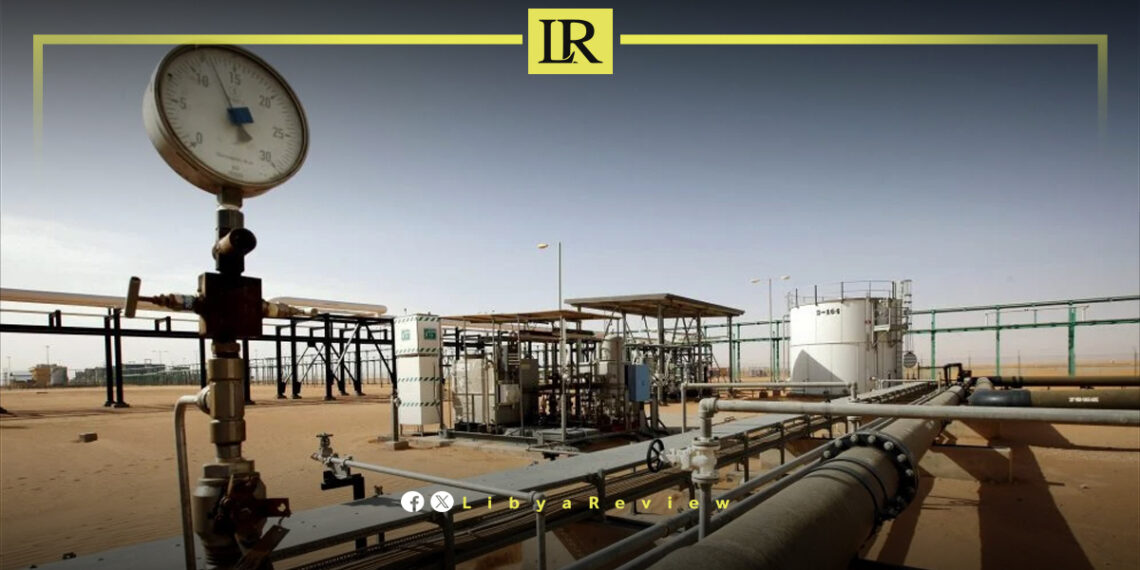Libya is preparing for its first oil and gas bidding round in nearly two decades, with plans to open bids in late 2024 or early 2025.
This initiative aims to attract international investment and revitalize the country’s declining energy production, marking a significant step in Libya’s efforts to re-establish itself as a key player in the global energy market.
Although the specific terms for the upcoming bidding round are still under development, Khalifa Rajab Abdel-Sadiq, the newly appointed Minister of Oil and Gas in Libya’s interim Government of National Unity, took advantage of the Gastech conference in Houston to promote the opportunity to global investors.
“We are open to cooperation and looking for investors,” Abdel-Sadiq said, highlighting Libya’s substantial natural resources and improved financial terms designed to encourage participation.
Libya holds some of the largest proven oil reserves in the world, ranking among the top 10 globally, according to the US Energy Information Administration (EIA). It also ranks among Africa’s top five nations in terms of natural gas reserves.
However, years of political turmoil and infrastructure challenges have caused the country’s oil and gas production to steadily decline.
Libya’s ultimate goal for the upcoming round of bidding is ambitious. The government hopes to double the country’s oil output within the next three to five years, bringing production up to 2 million barrels per day. However, achieving this will require substantial investments.
According to a recent report by Wood Mackenzie, Libya will need around $4 billion to modernize its oil and gas infrastructure to support such a dramatic increase in output.
Libya’s energy sector has faced challenges in attracting international investors in recent years, due to difficult financial terms and geopolitical instability. However, Eni, the Italian energy giant, has bucked this trend, making significant investments in the country. In 2023, Eni launched a major project to develop two offshore gas fields in Libyan waters. These fields are expected to begin producing gas by 2026, with an estimated output of 750 million cubic feet per day.
This project also includes the development of infrastructure at the Mellitah Complex, aimed at reducing the carbon footprint of operations. Libya’s Minister of Oil emphasized the country’s commitment to ending routine gas flaring by 2030 as part of its broader environmental sustainability goals.
Despite these promising developments, the country faces ongoing challenges in rebuilding its energy sector. Libya’s oil infrastructure, much of which was damaged during years of conflict, requires significant investment. Additionally, political instability and ongoing security issues continue to disrupt production in key oil regions.


